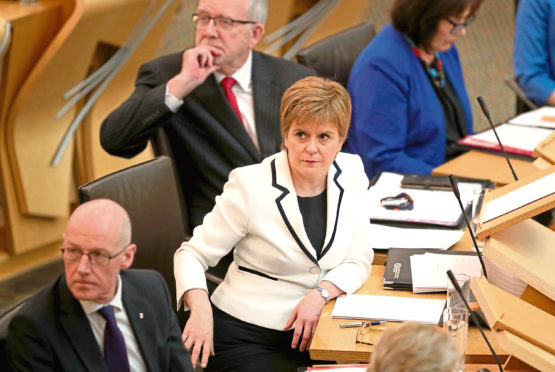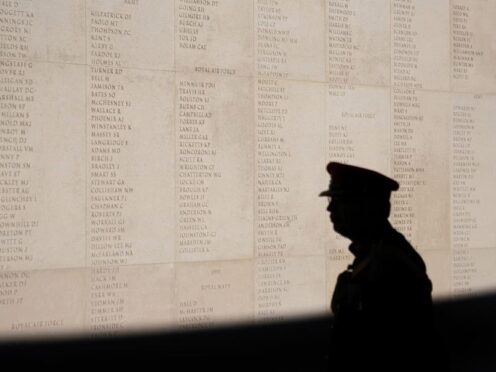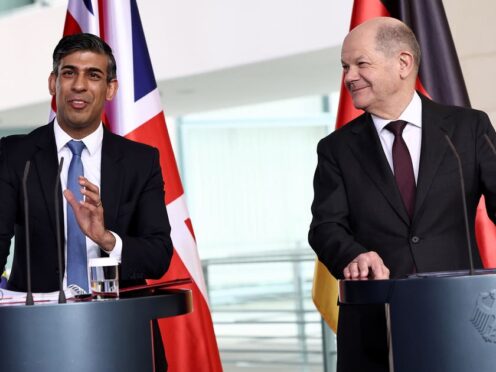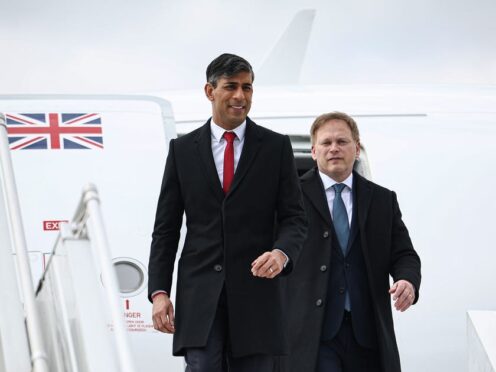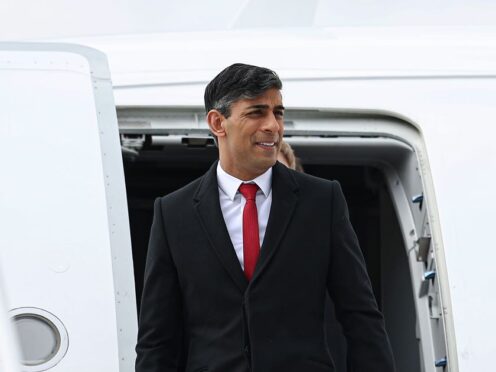The man tasked by Nicola Sturgeon to chair a Citizens’ Assembly looking at the big constitutional questions facing Scotland has warned independence will come “in the not too distant future” without fundamental reforms.
Former MEP David Martin, who was appointed co-convener of the Assembly last month, told the Press and Journal he has been “disappointed with the British political class post 2014” and said there had not been any “serious reflection” on how Scotland might fit into a reformed United Kingdom.
Mr Martin, who lost his Labour seat in European Parliament earlier this year, told a fringe event at the Labour Party conference in Brighton that he would like to see a “truly federal United Kingdom”.
The former EU Parliament vice-president said: “I’m personally moving to a point where I think quasi-independence is the way forward and Scotland should have it’s own autonomy and Scotland should decided what powers it wants to share with the rest of the United Kingdom.
“It would make people feel more empowered and less thinking that UK politics is something being done to Scotland and more something Scotland takes part in.
“I don’t think the majority of people in Scotland, in a reformed UK would necessarily see the need to be independent but I think what is very clear is that a significant portion of the population want a different relationship with the rest of the UK.”
Mr Martin revealed the Assembly, which will sit over six weekends between the end of October and April, had now selected 120 members of the public to take part.
He accepted the way the Assembly was announced made it look “all part of an independence ploy” but said members of the public will get chance to set the parameters of investigation, debate freely and decide their own conclusions.
The findings will be collected and published in a final report next May and the ambition is for debate to take place in the Scottish Parliament before the summer recess.
Asked what the Assembly could recommend, Mr Martin said: “They could say, for example that if the Scottish Government decides if there’s a second independence referendum and the Scottish government publishes a white paper, then that white paper should be subject to a series of citizens assemblies analysing it’s content and feed it back before you move to a vote in the referendum.”
